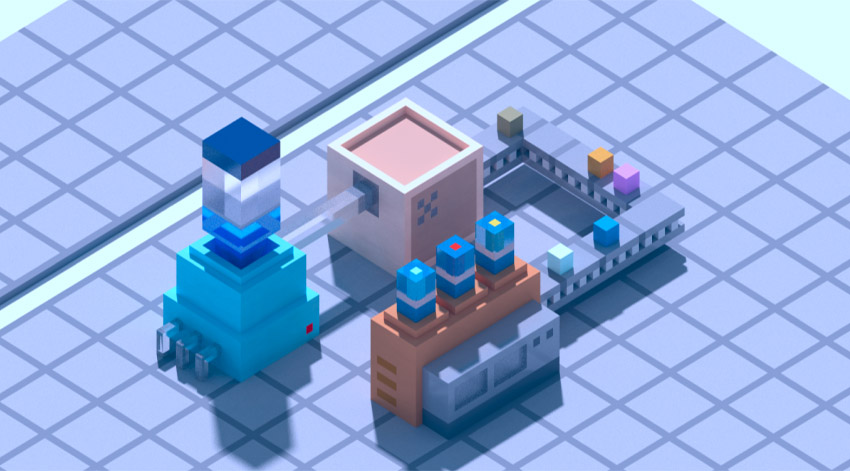Starting off a project is often described as being the exploration phase of a design process–during this phase, you quickly diverge with lots of ideas, generating many potential leads on concepts and hypotheses to test with customers. However, the notion that conceiving creative ideas is more akin to sudden unexpected flashes of brilliance obscures the reality that many attempts (or failures) are a large part of the creative aspect of the design process.
It’s rare that sitting and and waiting for inspiration results in creative solutions. Creative exploration requires a disciplined process to thrive. Here are three ways you can set the stage to craft the discovery phase of the design process — through immersion, incubation and improvisation.
1. Immersion
This means getting deeply involved in a problem space.
- Tackle a problem from multiple angles — find analogous systems, look at secondary research, consider trends, existing solutions, competitive landscape, and so on.
- Interview potential users, experts, co-workers who have more experience in the space.
- Absorb related content (e.g. videos, forums, podcasts, online communities).
- Use narratives or storyboards to draw potential interactions.
- Discuss with stakeholders or role-play different user groups.
- Use the product yourself to get into the mindset of an actual user.
2. Incubation
Incubating involves setting aside time for individual reflection and focus.
- Get out of your office and talk to potential users.
- Ask “How might we… [insert improvement here]”.
- Re-assess your ideas against a criteria of principles that matter for your team.
- Take time to unwind and detach from the problem, which might mean temporarily switching to another project, whatever you do in your downtime to relax.
- Get some sleep. Rest is an unspoken but important part of the process!
3. Improvisation
To improvise collectively experiment and explore lots of ideas. Once you’ve reached this stage, it means you’ve done plenty of preparation for getting into a state of “flow” for generating ideas.
- Build off the ideas of others.
- Collect inspiration to help you play around with potential concepts.
- Embellish and infuse ideas with your perspective.
- Quantity matters more than quality; refining comes later.
- Only after you have a deep understanding of something can you improvise freely.
Conclusion
In the educational system, failure is highly discouraged. Failing an assignment or a course sends us a message that “we are dumb” or “inadequate”, but is actually an indicator tied to assessment rather than learning. Ultimately, it conditions you toward a self-limiting belief that the act of trying is not worthwhile. This is problematic when it extends to adulthood as we become more risk-adverse and critical of new ideas.
“Success consists of going from failure to failure without loss of enthusiasm.” – Winston Churchill
Failure can actually play out in two ways: the right way to approach failure is as a catalyst that can lead to growth and learning. The wrong way is to let it block you from trying new things out of the sense of fear or risk avoidance.
While there is no single formula for success in a design process, this framework may help you clarify and overcome creative blocks.
